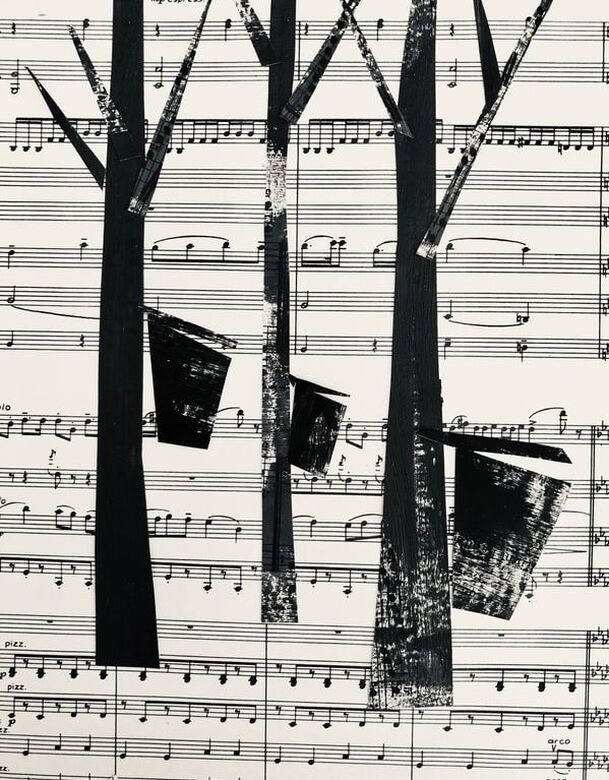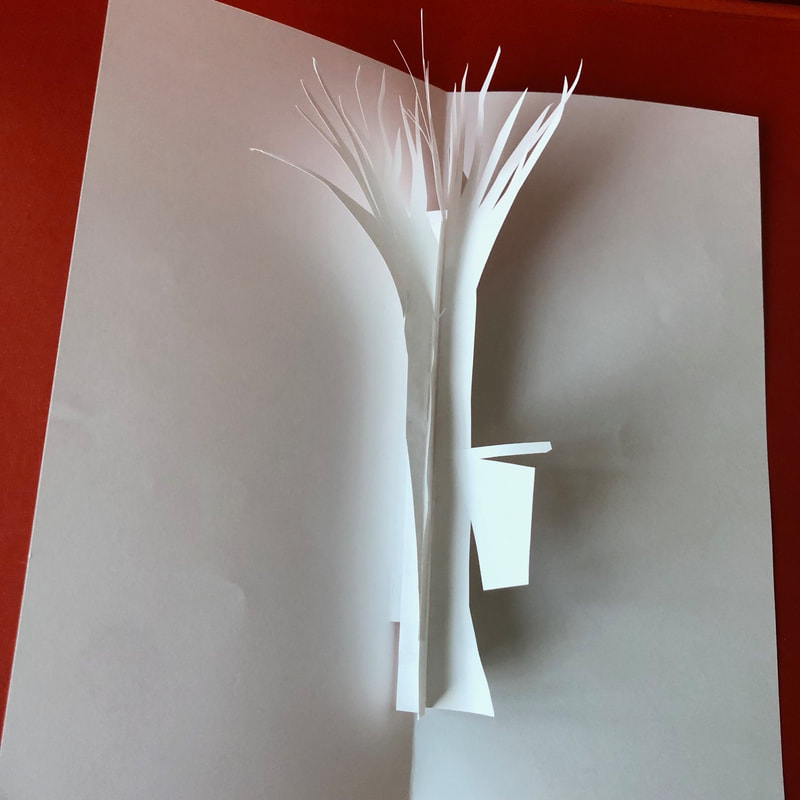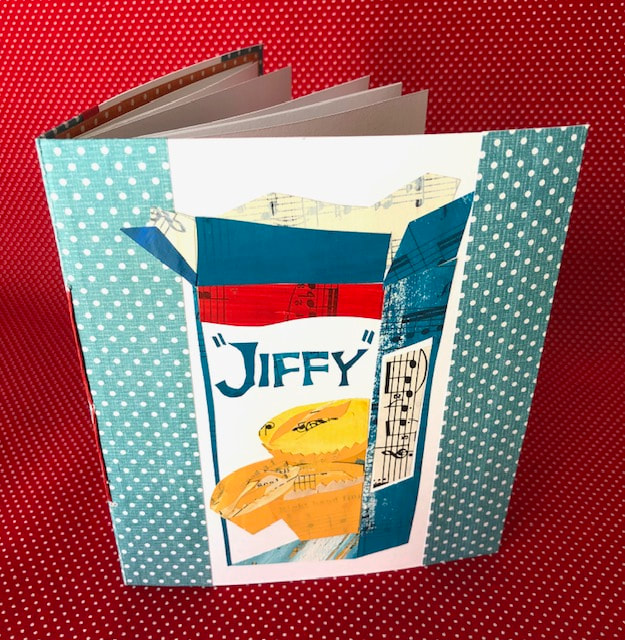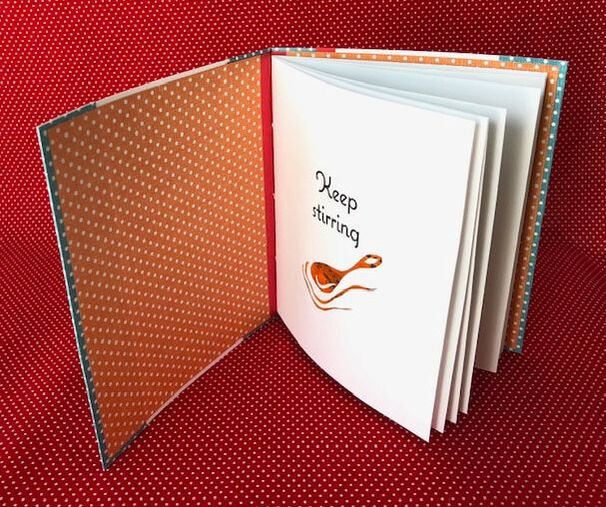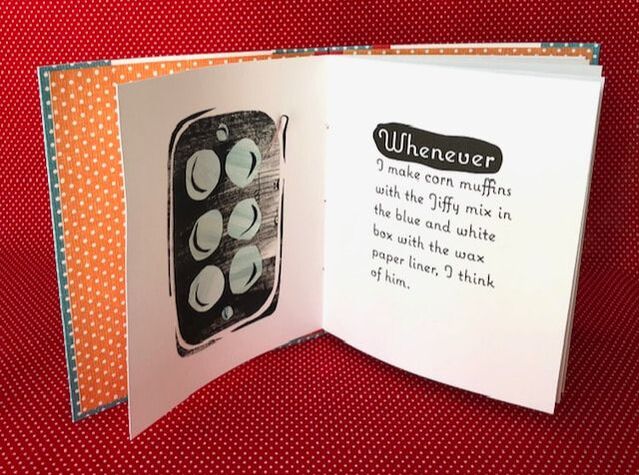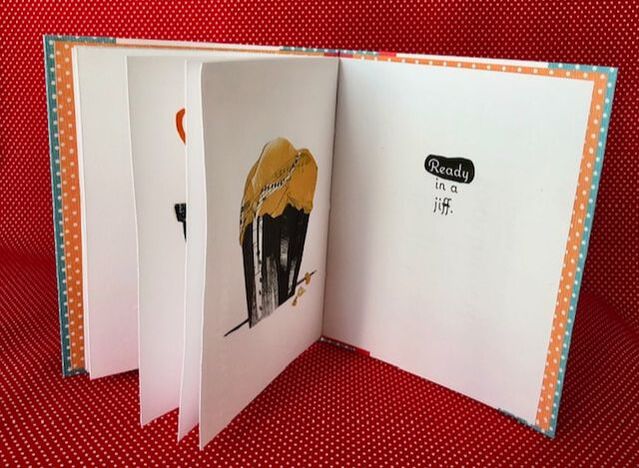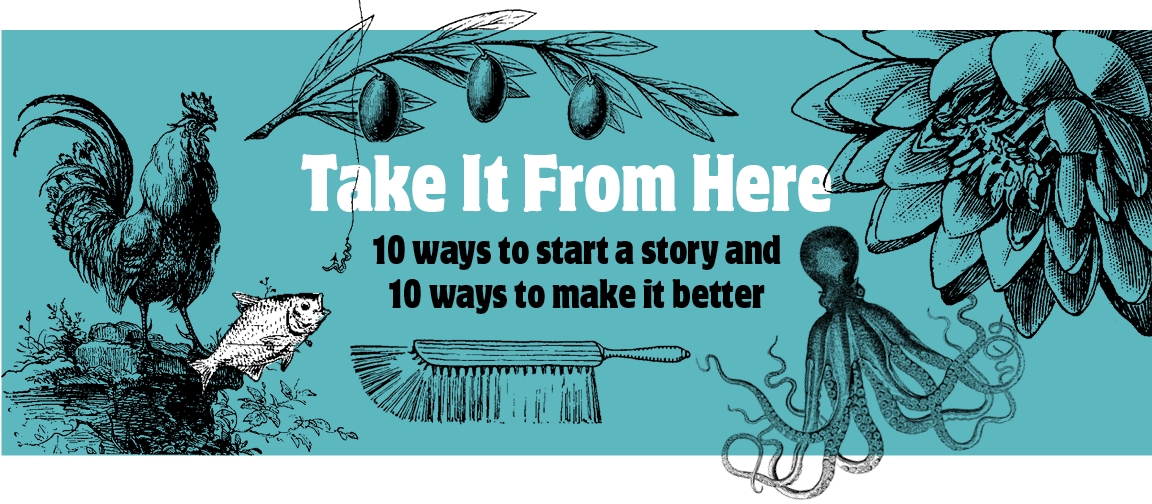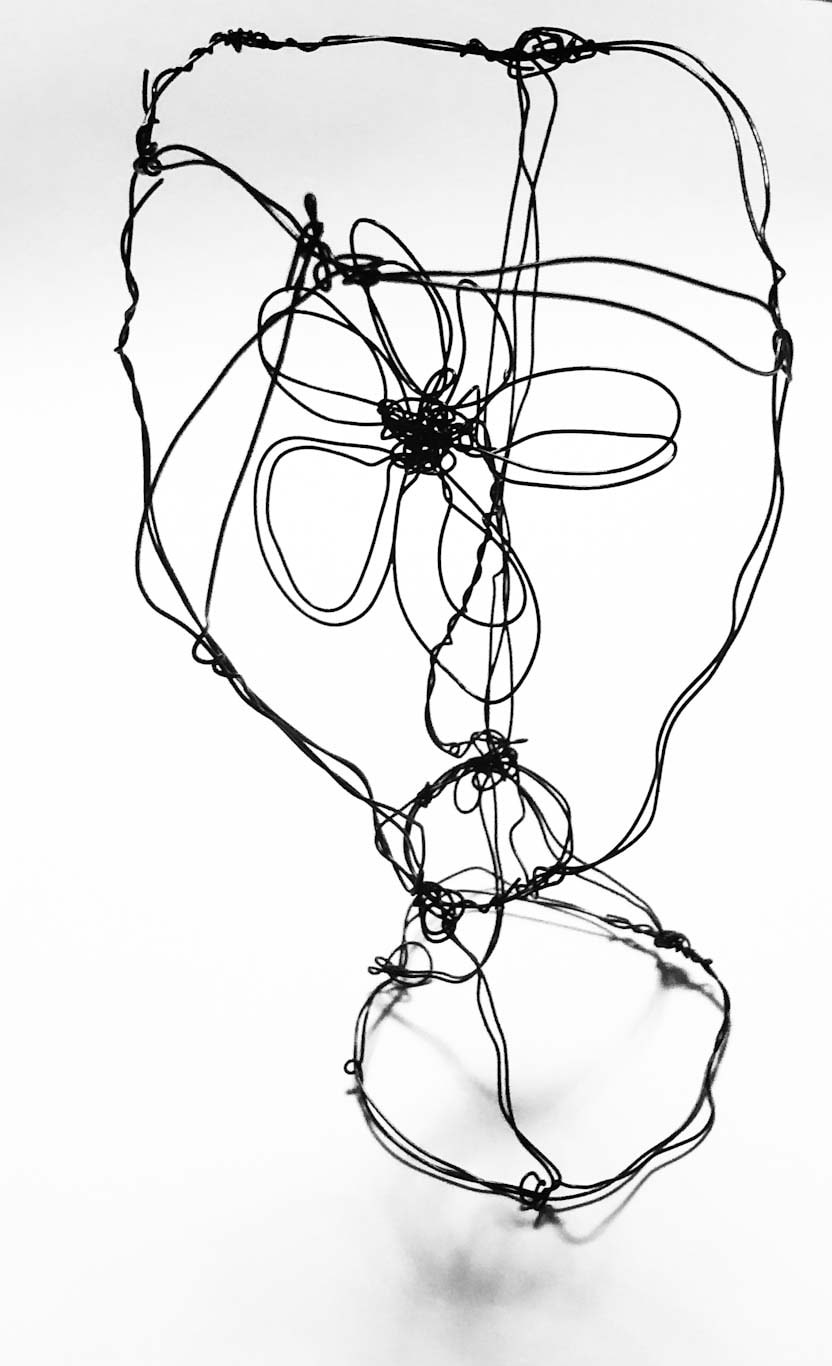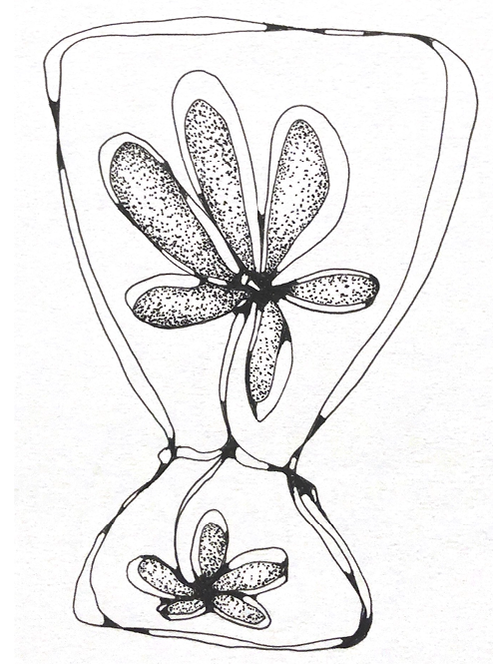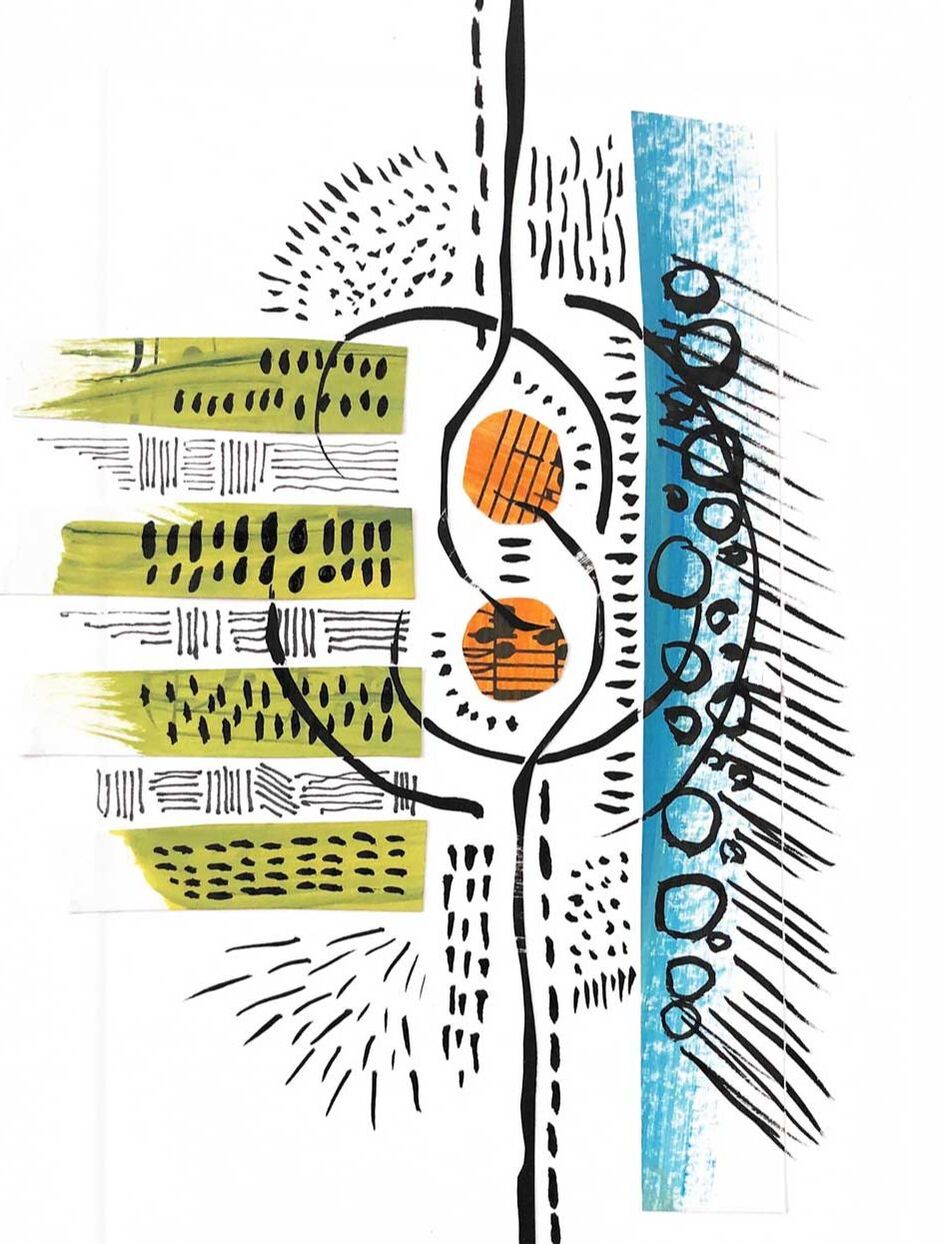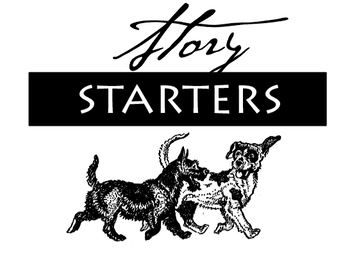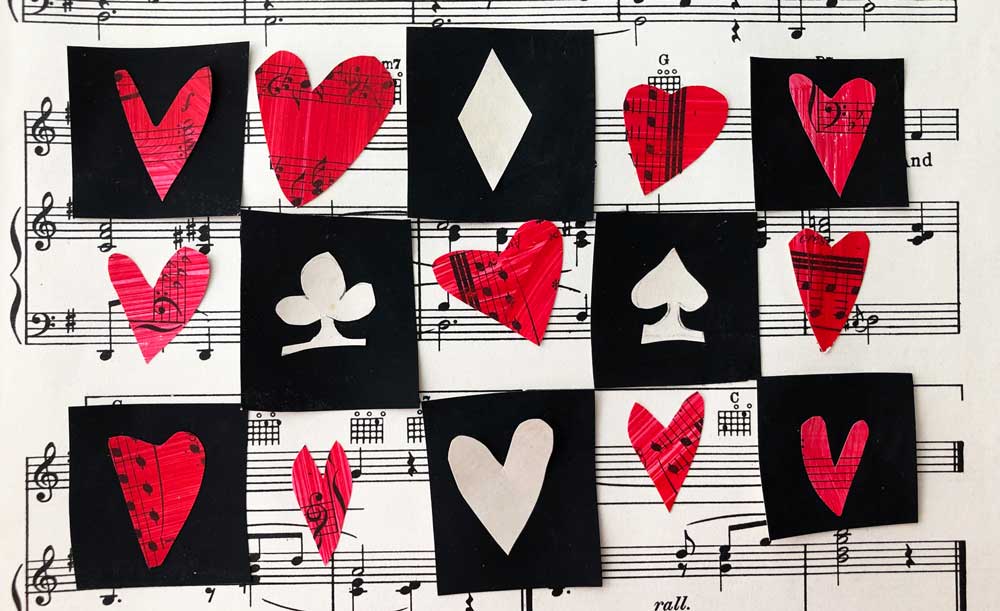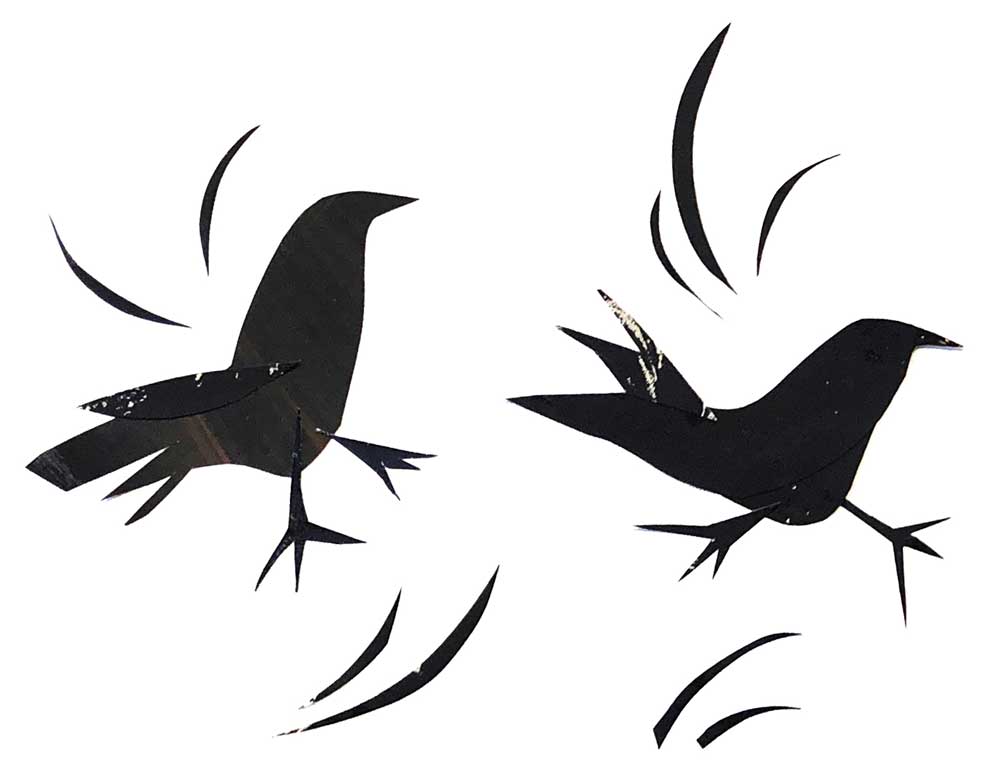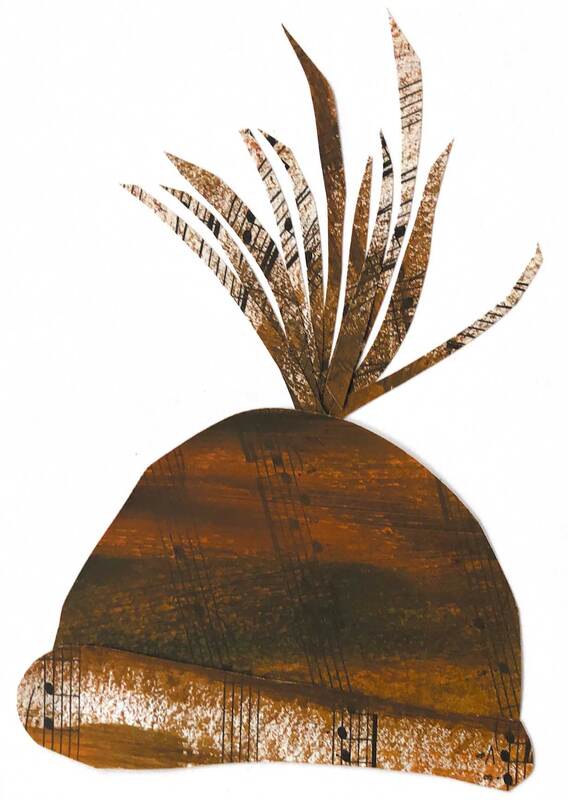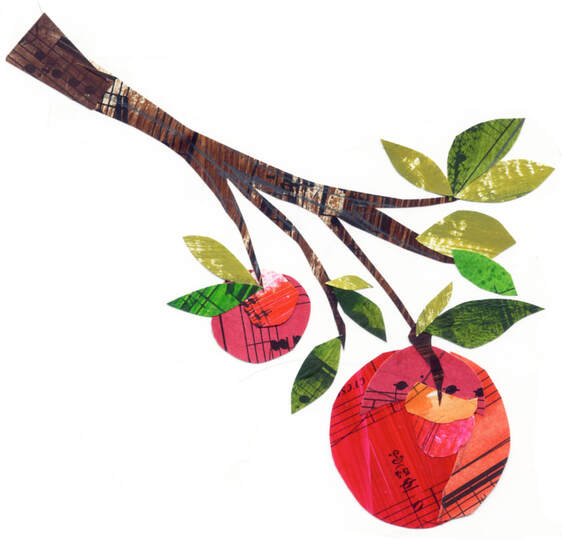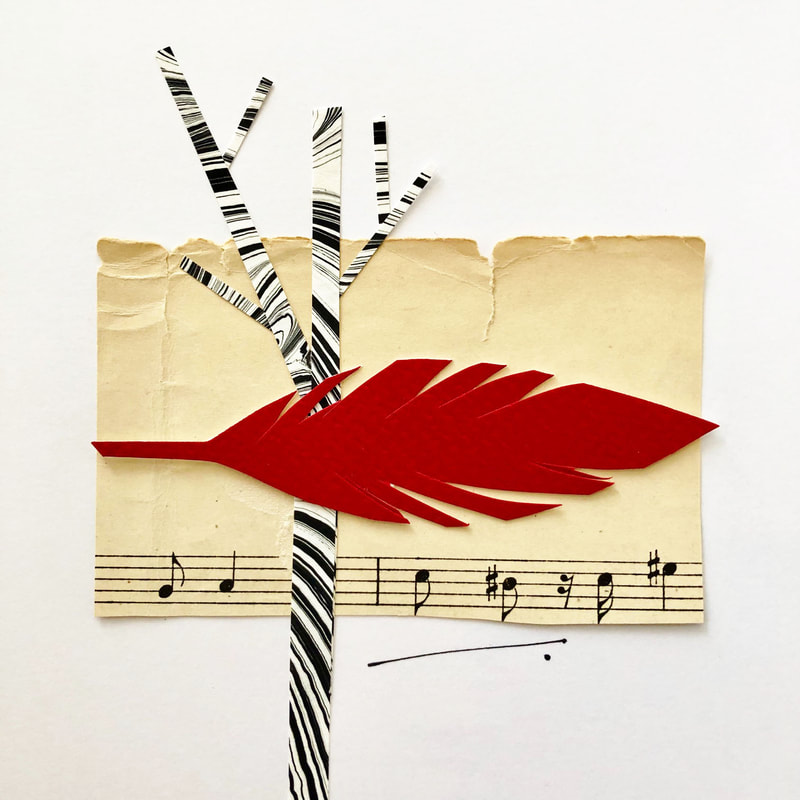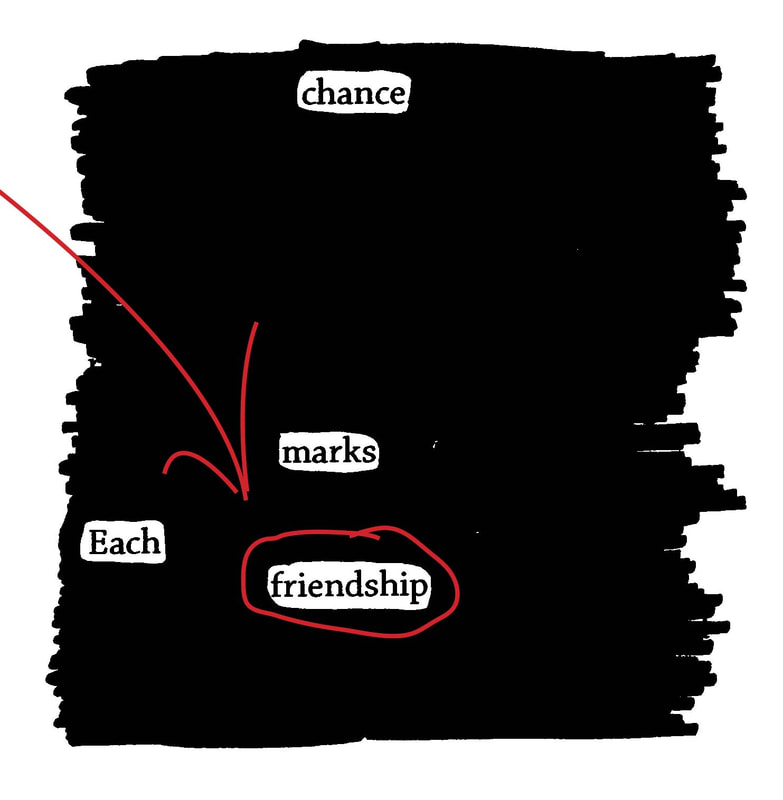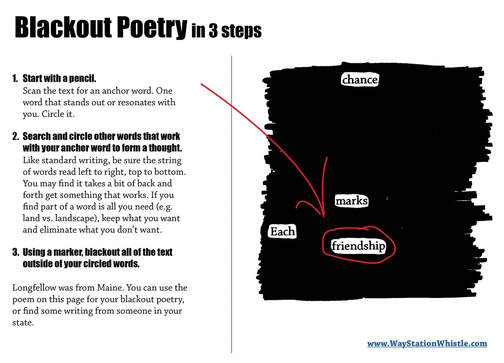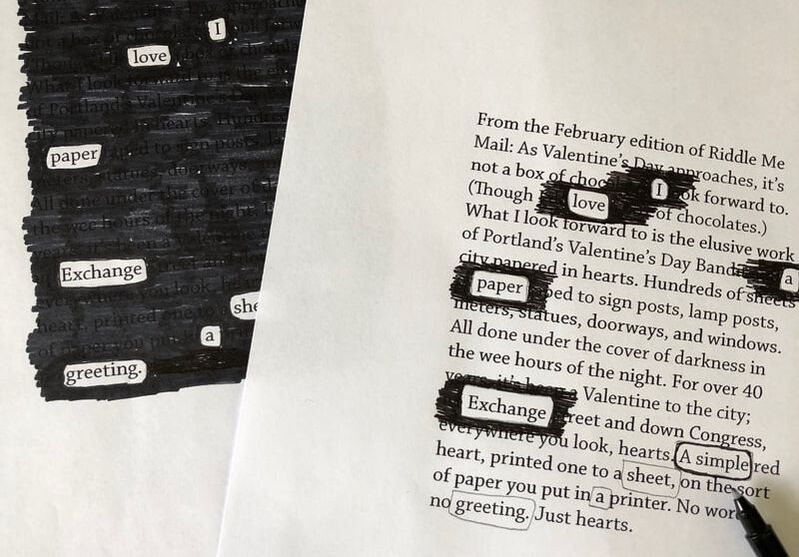|
When the sap is running There's a house down the street where every spring they tap the maple trees ... Three trees, one bucket for each There's another house where they used to tap the trees, but don't anymore I wish they did That was the house where they put out the metal buckets The house that still taps the trees uses plastic buckets ... sky blue If the light is right, you can see the sap level through the plastic and watch it rise, surge even, from one day to the next It's fascinating really, to see how much sap is released from the tree With the metal buckets, you can't see the sap level, but I prefer them anyway Camouflaged against the bark of the tree and the still-gray landscape, they cast a knowing silhouette ... A reminder that, although it's hard to see, change is upon us Cool nights will give way to warmer days, the sap will flow, and the flowers will, once again blossom Makes me wish I had a maple tree -------- Branching out ... The maple sugaring poem is a modified version of a piece I wrote a while ago. It came to mind when I was thinking of making a pop-up book and needed something to pop. It's the next step in my book-making journey. Studying how to create a structure ... one that will open and close properly has me snipping, folding, and gluing long past my bedtime.
This is a prototype. Rough, inefficient, and utterly captivating. I'll keep you posted on how it's going.
0 Comments
The title of this story might also be "Don't try to do it all in one project." After finishing my Solitaire book, I wanted to try another using a poem I'd written about cooking with a friend. The collage of the Jiffy box was created when I wrote the poem, so I figured I was halfway there. Not quite. Like the first book, there were unexpected hurdles and so many decisions to make. Though I do a lot of handmade collage work, most of my design work has been computer generated. As a graphic designer I've created posters, magazines ... and books ... on the computer. Books that are printed and bound in a print shop. Not by me, not by hand. Building a handmade book is new to me and it's been challenging. Another problem was making the project more complicated than it needed to be ... like trying to hand letter the text or create pen and ink drawings to illustrate the book. It was all too overwhelming. My lettering wasn't good enough (in my eye) and the illustrations looked, well, too primitive. Collage is where I'm comfortable, so for now and for this book, I decided to stick with what I know. One learning curve at a time. The next problem was thinking it all had to be perfect. I ripped out, tore apart, and recreated many, many pages to get things "just right." Well, it's impossible, especially when so much is so new. Now that the book is done, I know the cover material is too thin. It's warping. The endpapers on the inside of the front and back covers don't line up exactly as they should. And the stitching that holds the book together is not quite right. It should extend further up and further down along the spine. Some problems I recognized before the book was complete, but there had been so many delays and changes, I just had to let some be, and push forward. In the end, it's not perfect, but I'm pleased with the book, and here's why: When I decided to make the book, I hadn't read the story in a while. What a treat it's been to be taken back to that day in the kitchen. April is National Poetry Month. Both stories in my books came from short poems. Narrative poems. No rhyming, no formal structure. Are you interested in writing your stories? Try a narrative poem. Use a story you started in a letter, expand on a story you wrote in a journal, or one you mentioned in a diary. Explore a story that stays with you. It can be as short or long as it needs to be. Whether its making books by hand or writing stories, the most important thing is to start ... and keep stirring. Dinner may be late tonight We'll blame it on the clock ... on daylight saving time and the bewilderment it creates in the long shadows of the afternoon sun in the decorative patterns that inch across the wall and lull us into thinking it's earlier than it is when the clocks spring forward More doodling ... This is a drawing I created ... and the inspiration for the 3-D wire replica above. It's all a bit wonky, but it cast the right light and gave me the idea for today's poem.
We often think that writing memoir or our stories requires big events or a lifetime of adventure. That's a lot of pressure. Why not start with small moments that make you pause? Every year daylight saving time messes with my timing. For a week or so, it's either later or earlier than I think. It's easy to imagine we are ruled by the clock and the ping of our phones, but on occasions like this, it's nice to know nature's light still rules the day. Go ahead, write about something small, you've got time. A do-si-do and nowhere to go We came face to face in a standstill at the end of the aisle across from where the whipped cream in a can sits on the top shelf of the refrigerated section against the wall he shifted to his left I shifted to my right and we were back where we started head to head cart to cart A do-si-do with nowhere to go So he called it ... with a nod of the head he dipped to his right and I did too pushing forward we passed one another shoulder to shoulder a side-stepping sashay that ended with a two-step twist when he said ... thanks for the dance. I was restless and it was late ... far too late to be making noise, so my options were limited when I grabbed the deck of cards that sits on the bookshelf for someday or sometime it was a surprising move because really, they don't get much use, but I thought ... Solitaire, I'll play, Solitaire the cards, still like new, were stiff and slippery, hard to shuffle, and I couldn't remember all the rules so I faked it and won and thought, that was easy too easy so I searched for instructions and found it wasn't so easy after all game after game I lost until I was no longer restless, but tired, and went to bed and played again the next day, and the next and lost again and again and again until yesterday after days and weeks of following the rules ... I aced it on a quiet evening with a full house ----------- While I didn't have a lot to say about playing Solitaire, I wanted to write a short piece about how calming it was to shuffle the cards and how sticking with it (finally) gave me the reward of winning. Solitaire is a good game when you're not sure what to do. Playing with playing cards vs. online adds a physical dimension and allows for less screen time. Here's how to play. The CRoW in tHe SNow sEEmed to let iT aLL GO. It froliCKed and fLUTTered and fANNed hIGH and LOw. PreeNing oR pLAYing, I'm sURe I dON't KNow. BUt let Me jUSt say ... Ohhhh, whAt a ShOw. Oftentimes, there are events you want to capture, but as a stand-alone story, there's just not enough material to write more than a few sentences.
When that happens, try a narrative poem. It's a storytelling form of poetry you can use as a tool to share snippets of your life. Moments in time that bring joy, clarity, or greater understanding. I've never seen a playful crow ... they keep their distance, often conjure (undeserved) negative vibes, and perch and fly with purpose. Off-guard displays of preening and play are not common ... at least not in my experience. I wanted to remember the crow and how such a seemingly upright, formidable bird let it all go. It's a reminder to seek, observe, and remain open to discovery, surprise, and wonder. And when there's not much to say, but saying it is important, write a poem. We stopped to chAT with the lady in the hAT. She wAS, like us, dressed foR the weaTHer ... wHEther shE liked iT or nOT. The weaTHer thAt is. WinTER weaTHer. WhETHer it'S brISK and brIght or gray like tOdAY, we bUTTON and bOOT it. Then we snAP, zIP, and tUCK it, tOO. bUT we'D qUIVER and shiVer if thAT was aLL thAT. So wE pAUSe and we pONDer for thAT which iS thAT ... WhERe's my hAT? This poem came together over the course of a few days with the help of a thesaurus and a rhyming dictionary.
Both are helpful in similar and different ways. The rhyming dictionary does just what it sounds like, finds words that rhyme with one another ... in this case I was looking for words that rhyme with hat. Quiver and shiver came to me without the dictionary ... but maybe they were inspired by it? The thesaurus is, I think, a sometimes overlooked tool for writing. Word choice makes a difference. It's easy to forget how
much the light changes, how brisk the air becomes how summer greens and wax beans get squashed in the mashing of buttercup, butternut ... and blue hubbard, too how apples and pumpkins now vie for the pie and a warm bowl of soup makes me slurp, sip, and sigh ------------------------ If you're struggling to write, try a short narrative poem like the one above. Short lines with lots of detail can help you put your thoughts into words. Focus on word choice, and for fun, throw in some rhymes. If you're stuck, grab a thesaurus or a rhyming dictionary and see what comes up. Yesterday we stopped to
chat with Mac Daddy -- a man of few words who walks with his dog, Mac. We call him Mac Daddy because we don't really know him—or his name, but were once introduced to the dog, Mac. We crossed paths on the trail in the woods out by the railroad tracks. We said—isn't it a beautiful day. He said—yes it is. We said it was good to be out in the woods on such a nice day. He said he's been walking out in the woods on the trail for years. Said his wife grew up in the neighborhood. Said they courted out there -- all "kissie face and huggy bear." We parted with lingering laughs and silly smiles, giddy with conversation about what people you hardly know will tell you. Some still hang
like ornaments, bright and red and shiny others make like polka dots, red on green, beneath the tree. The ones that fill the gutter line up like bowling balls in the automated return. Is it the imperfections, or it it because they're not already picked, in a bag, in a store? I wish it was my apple tree. Morning I HeARd the CaRDiNal siNGing before I saw it PerCHeD in the BiRcH tree a CAt LOOkiNG At mE, LOOkiNG at iT And, ONe MoRe SaP BUCket tHat MaKes ThrEE This is a throwback: a collage and poem I created a few years ago. It's still one of my favorites. You can see I was starting to use sheet music in my work.
It's also got a bit of shorthand mixed in: that line with the dot below it. Do you know what it means? Morning. That simple line with a dot = a word. Shorthand Shorthand is a symbolic writing system used by office clerks and secretaries before voice recorders were available. I'm not fluent in shorthand. It comes from a shorthand instruction book I found at a secondhand shop. The book has an index, so it's easy to pull a single word. It's like code writing because so few people still know shorthand. Don't you think it would be great for a secret diary or message? One big drawback, though, you'd have to learn shorthand to make it work. And the poem? I don't consider myself a poet, but sometimes I like to combine words with images to tell short stories. I don't remember now why I used upper and lower case letters for the poem, but it does make it interesting. If you'd like to write more, short poems could be a starting point. Not my hobby. Even if you don't stick with it, a new hobby might lead to something else. I haven't done much more with poetry, but the collage was the beginning of a lot more collage work. I now work entirely with sheet music and really like collage. Do you have a hobby that started while you were doing something else? We're all poets, even you(!) ... I think it was in middle school. The assignment was to memorize and recite a poem. I chose Robert Frost’s Stopping by Woods on a Snowy Evening. I think I liked it because it sounded poetic, but it also made sense to me. The poem isn't terribly long, and I practiced well enough to remember now that I felt pretty good when I sat down after my presentation. I can't say the exercise inspired me to write poetry, but I have churned out a few poems using the blackout poetry method. It's easy enough, and I've created a worksheet (2 pages) that makes it even easier if you want to give it a try. Chances are you've got some extra time on your hands, it's Poetry Month afterall, and given the circumstances we're all in, a little distraction goes a long way. Share the worksheet and invite someone to try it with you. Here’s what you do. Find a short story or article (a printed page from a newspaper, magazine, an old book, or something you've written). Read through the text and select an anchor word. Something that catches your attention. String together a few others words to form a thought or sentence. Be sure they read as traditional writing does. Left to right, top to bottom. Blackout the words outside of the words you circled and you’ve got a poem. Here’s one I did. It's remarkable how simple yet thoughtful is it ... don't you think? Now it’s your turn.
Click on the poetry sample above to get your worksheet download. It’s two pages (instructions and a short poem by Henry Wadsworth Longfellow) that will get you started. I selected Longfellow because he was from Maine and he is my choice for a writer/poet. Longfellow is a prominent figure here in Portland. There’s a fabulous statue of a seated Longfellow at the intersection of Congress and State in downtown Portland. He's positioned so that he's looking down Congress Street, toward the Wadsworth-Longfellow House, his boyhood home and home of the Maine Historical Society. |
Whistlestop Blog
Enjoy a story and find inspiration to write one of your own. Categories
All
|
